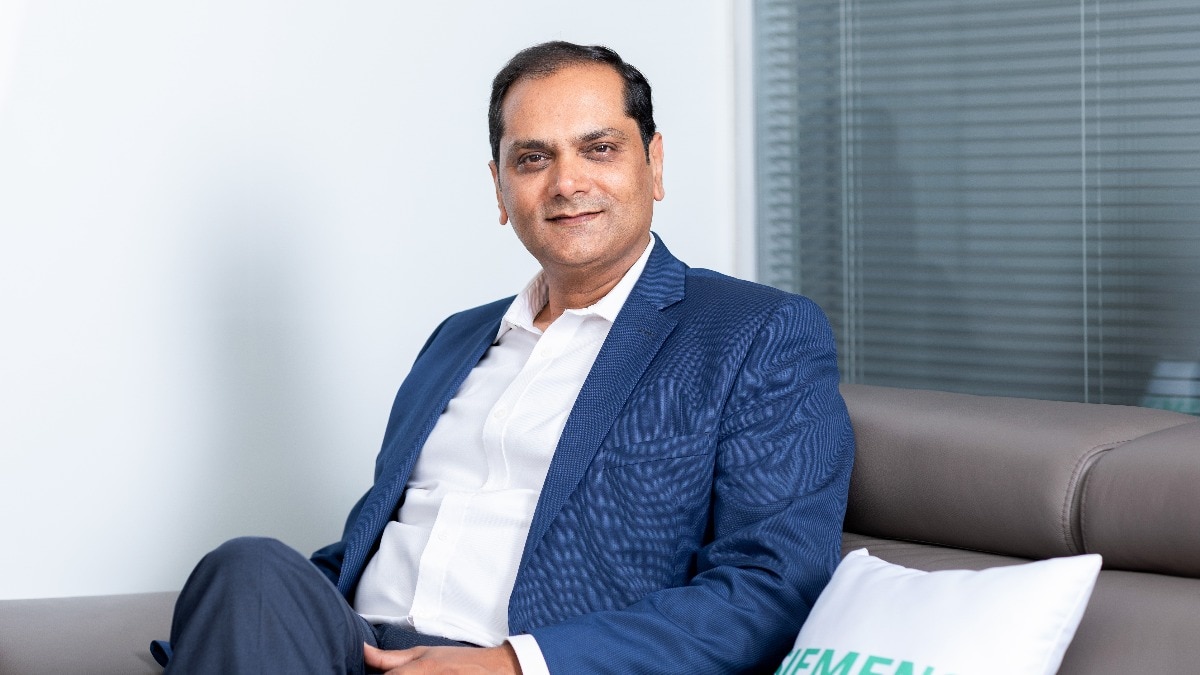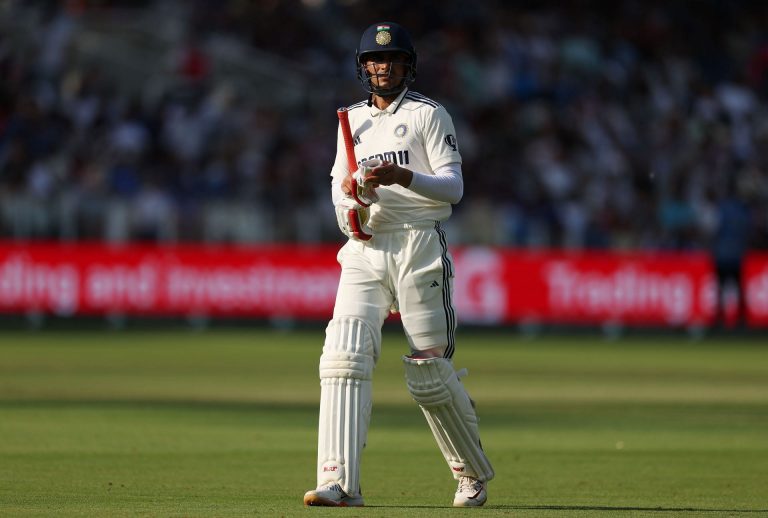Global capability centres (GCC) in India have transformed from cost-focused offshore hubs to strategic innovation engines in the past 25 years, supporting the Indian economy. In an exclusive interaction with Business Today, Pankaj Vyas, CEO & MD, Siemens Technology and Services, also explains how India became a hub for GCCs.
He also shares his insights on how GCCs are reshaping corporate landscape in the country and their growing contribution to employment, exports and the country’s GDP. Edited excerpts:
BT: Global capacity centres (GCCs) came to India two and a half decades ago for cost advantage. How have they evolved during these years?
Vyas: Earlier GCCs in India were known as offshore development centres. Later, the terminology shifted to offshore captive centres, which carried a somewhat negative connotation. Over time, this evolved into global development centres, then global capability centres, and now, we refer to them as global competency centres. This terminology evolution mirrors the broader transformation of their role and value.
As you said, the focus was initially on cost and access to talent at scale, which made sense given India’s relatively young technology landscape and underdeveloped ecosystem at the time.
India has come a long way since then. All thanks in large part to the combined efforts of the government, the academic world and industry. It’s a remarkable success story. No other country in the world has scaled both in volume and value like India. Not only has the number of GCCs increased, but so has the number of employees, the diversity of work and more importantly, the depth of expertise.
BT: How are GCCs shaping up corporate landscape?
Vyas: The country’s corporate landscape before the advent of GCCs was primarily focused on doing things in India for India. That had been our focus. Even today, in many manufacturing sectors, that still holds true. But we are also doing quite a lot in terms of exports in that space now.
What fundamentally changed with the arrival of GCCs was the opportunity to work more closely with global counterparts. What you are developing here, you’re really developing for the world. And that shift brought in a whole new level of understanding from global compliances to international business processes and regulatory frameworks which are required to operate in diverse global markets. This clearly had a transformative impact on India’s corporate landscape.
BT: Which emerging technologies will dominate the GCC landscape over the next 20 years?
Vyas: If you go back to the 1950s and 1960s, we used machines that required hard levers. Then we said, let’s move to push buttons. Then came the touch screen, and now we are saying, “Can I just speak to the machine?” And today, we’re even asking, “Why should I speak at all–can the machine think on its own?” That’s the journey toward agentic AI. That’s really a journey of continuous simplification.
And what we are seeing now is that, going forward, GCCs will experience significant growth by investing in four key technology areas.
First is artificial intelligence and data analytics, including generative AI. Second is cloud computing which is becoming increasingly pervasive. It is no longer confined to your own machine or a traditional data centre setup.
Third is edge computing, because not everything can or should go to the cloud. A lot of processing now happens locally or in between, making edge compute highly relevant. Fourth, and no less important, is cybersecurity.
BT: As you talked about AI and automation, how will they change the way GCCs operate?
Vyas: It is going to increase our productivity by multipliers here. A lot of repetitive tasks will get automated and that really frees up bandwidth.
BT: There were 1,700 GCCs in India as per the Economic Survey 2024 with an employment generation of 1.9 million people. So, any figure which comes to your mind in terms of the number of GCCs we will have in the next 20 years?
Vyas: It is difficult to put a number for the next 20 years. India will host 2,600 to 2,800 kind of GCCs much sooner.
BT: My last question, how much GCC contribute to India’s GDP?
Vyas: I think GCCs contribute little over 1% to India’s GDP.







